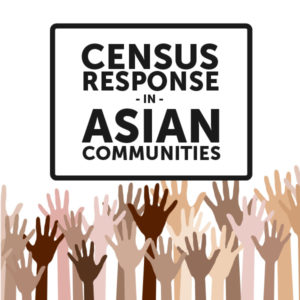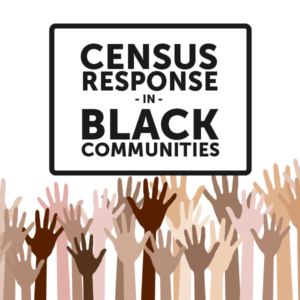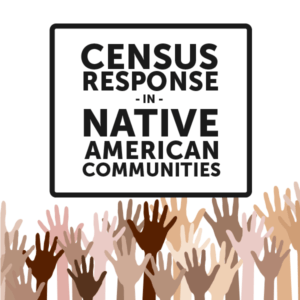
Census response rates in communities of color
People of color are at a high risk of being undercounted in the 2020 Census, jeopardizing federal funding, social services, and government representation.
People of color are undercounted in the census
The results of the census are important because they determine political representation and allocation of federal funding, but people are being undercounted. Residents are more likely to be undercounted if they are hard to find in dense urban or remote rural areas, are experiencing homelessness, have technological or language barriers, or mistrust the government and don’t want to participate.
The 2020 Census is complicated by the coronavirus pandemic. In-person visits by census workers have been delayed. The response deadline—once extended to October—was cut short a month to September 30. Many hard-to-count groups are also those who suffer more severe health and economic impacts from coronavirus.
A disproportionate number of those who are not counted are people of color: Asian-Americans, Blacks, Hispanics or Latinos, and Native Americans.
Explore interactive maps showing census response rates in communities of color.
Why the census matters
Every 10 years the U.S. Census Bureau attempts to count the U.S. population. The results determine policymaking and planning for the following decade, including:
- Distribution of federal tax dollars for health, education, housing, and infrastructure programs. These include Medicaid, the National School Lunch Program, Head Start, special education grants, and highway construction.
- Planning for new hospitals, schools, and roads.
- Disaster response.
- The number of congresspeople that a state can send to the U.S. House of Representatives.
- The number of Electoral College votes for each state.
- Boundaries for state and local voting districts.
Many states lag behind
Historically, predominantly White states (such as Minnesota, Wisconsin, and Iowa) have completed the census at higher rates than states with more people of color (such as Alaska, New Mexico, and Texas). States with higher response rates receive a more fair share of federal resources and political representation. States with lower response rates risk losing federal funding and representation they need for their population.
Community action
Many organizations are working hard to get full and accurate census counts in 2020.
Supported by the U.S. Census Bureau, Complete Count Committees (CCC) are volunteer committees established by tribal, state, and local governments and community leaders or organizations to increase awareness and motivate residents to respond to the 2020 Census. Find a nearby CCC here.
Philanthropists, specifically, can participate in the Funders’ Committee for Civic Participation’s Funders Census Initiative 2020.
Explore interactive maps showing census response rates in communities of color.







